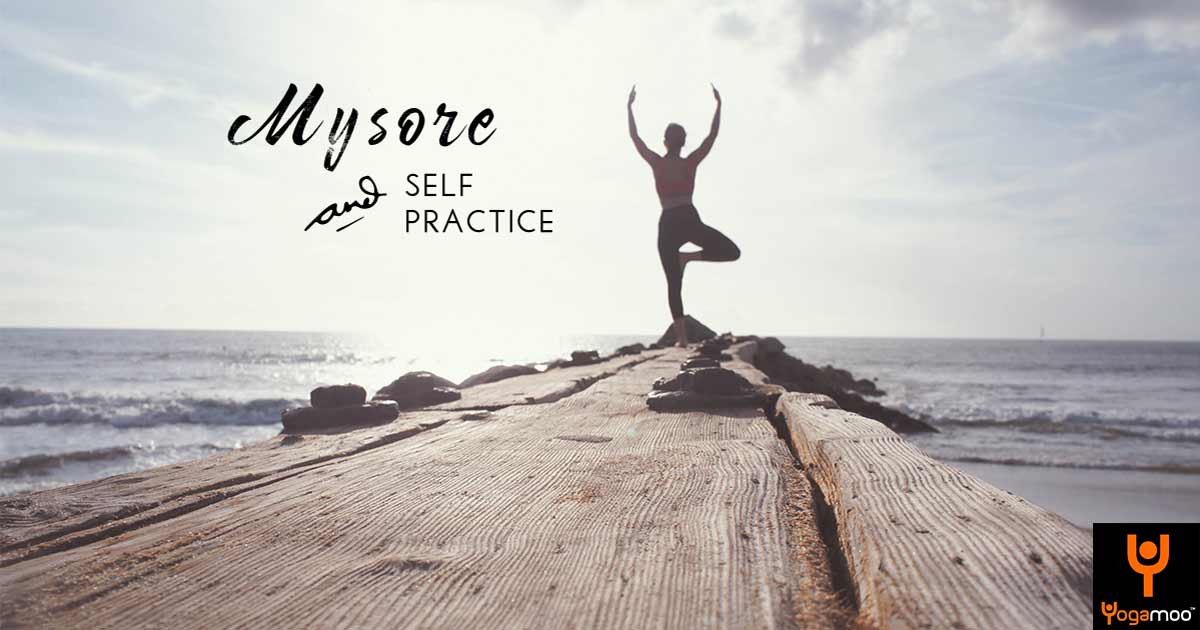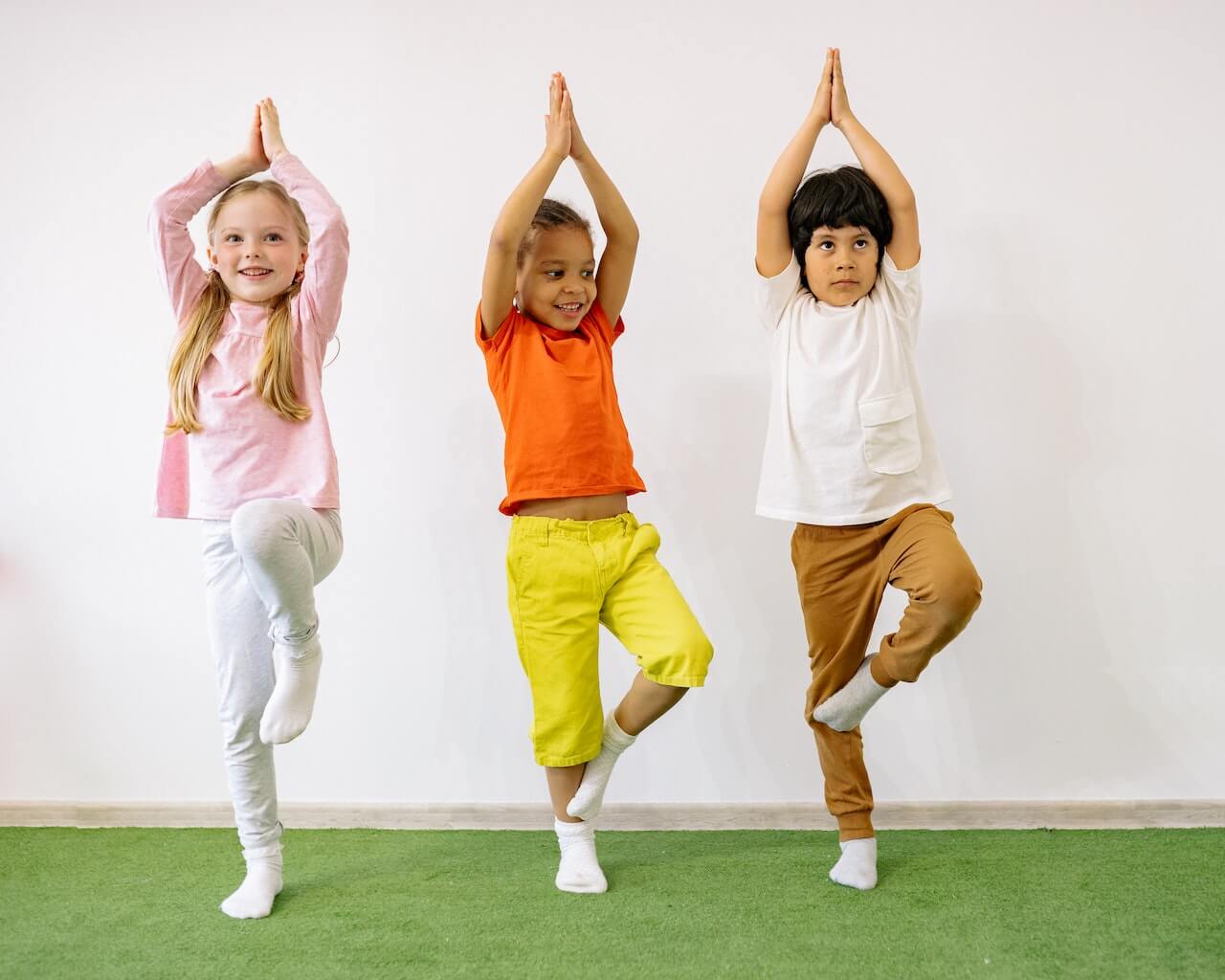What is Mysore?
Mysore is named after the south Indian town in which the late K Pattabhi Jois taught from the late 1930s until his death in 2009. This traditional style of teaching originates from Ashtanga yoga, in which a fixed order of asanas are learnt in combination with free breathing.
But today, teachers do not lead students through the sequence with generalised instructions or demonstrations. Instead, experienced students turn up and just get on with it. When students are just starting out, new postures are added on gradually, leading up to the full sequence of asanas being totally memorised so you can work through the series without guidance or cues.
Practicing in this way gives you the space to focus. The cue to move on to the next posture comes from your own breath, instead of a teacher’s instructions. Students can therefore spend a little longer working at their own pace on more challenging postures and transitions. In effect, you find you become your own inner teacher. And if there is something you are unable to do, the teacher will give you a modification or variation to work with.
Use your breath…
The ujjayi breathing – a powerful, rhythmic, “heating” breath allows everyone to work at their own pace. Arguably, this might cut down on the element of competition and comparison which can creep into any form of group exercise. Ideally, once the series is well established, little verbal instruction is given, and when it is given, it is whispered, for the benefit of the one person it is intended for.
“Adjustments” are also an important part of mysore self-practice. This is where teachers use their hands to guide your body into the posture to correct alignment.
Find your inner teacher!
Cultivating a self-practice, students are required to face distractions and the wandering mind in order to come back to a focused state. Instead of passively listening to a teacher or watching others, it requires discipline, self acceptance and self awareness. If home practice seems a little daunting, remember, it only has to start off with 10 or 20 minutes. Consistency is key! Also, acknowledging that when it comes to your personal practice (“personal” is the operative word) you can easily tailor your practice depending on your individual needs, energy levels and available time on any given day.
Allow the Ashtanga quote from Jois to be your mantra, “Do your practice, and all is coming”.



Leave A Comment